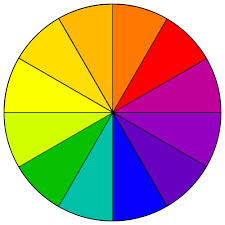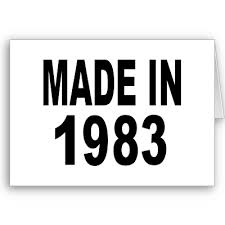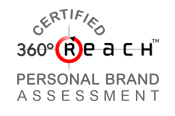 Unlocking and unleashing your uniqueness isn’t hard. Yet, it certainly can feel that way. Why is that? I believe that our talents come so naturally to us that we fail to recognize them as unique, and, as such, we don’t focus on that uniqueness.
Unlocking and unleashing your uniqueness isn’t hard. Yet, it certainly can feel that way. Why is that? I believe that our talents come so naturally to us that we fail to recognize them as unique, and, as such, we don’t focus on that uniqueness.
The systems in our schools and workplaces are not designed to encourage us to look for and leverage those things that make us unique. Instead, the focus falls on our weaknesses or other areas of improvement. When encouraged to only seek out and improve your weaknesses, you shift your focus and it is easy to overlook your strengths.
Life is very busy and our brains assist us by filtering all that information. Research shows we create the filters in our brain through what we focus on.
You know the adage, “Seek and you will find,” right? If you focus solely on your weaknesses, that is what you will see — all other information is filtered out. It is hard to see what you are not looking for and you may very well overlook the “special sauce” that makes you unique and successful.
Here are three steps to help you unleash your uniqueness and accelerate your success:
1. Identify your strengths, gifts and talents. Begin by compiling a list. Think about what you do well, what you like to do and what you are good at doing. Next ask friends, co-workers, even your manager (or look back on old performance reviews) to define your strengths. Then take assessments like StrengthsFinder 2.0, MyNextMove, and 360Reach Personal Branding Survey.
2. Review your strengths list and for each item, ask yourself these questions:
- Does this make me compelling to the decision-makers in my life?
- Does this set me apart from others who do the work I do?
- Does this inspire me and why?
- How does this help me achieve my goals?
3. Next, put a star by your top three strengths. Create focus around those strengths. Observe how these help you achieve your daily duties and bigger professional goals. Select actions every day that highlight your strengths. Keep a list of how your strengths help you achieve your goals, inspire you and enhance your performance.
In 30 days you will have unleashed your uniqueness! I look forward to your sharing YOU with the world — post a comment below and share your unique strengths.
In January, I am hosting a 3-part workshop: Identify, Leverage & Own Your Uniqueness. The workshop is designed to help you quickly identify your strengths and see how others view those strengths, so that you can stand out in the eyes of hiring managers.
If this opportunity speaks to you, drop me an email. I will send you the details and information on how to sign up for the workshop.
Have an amazing week!











